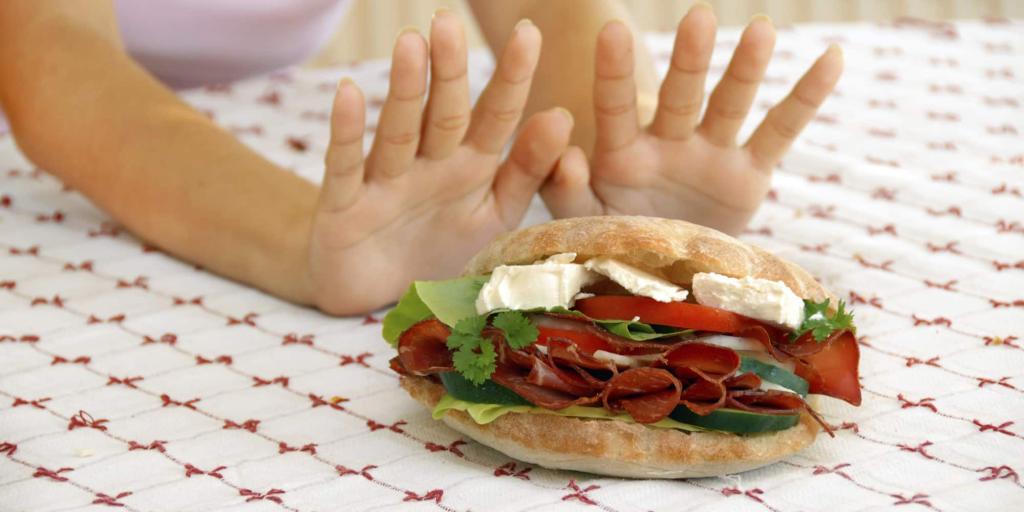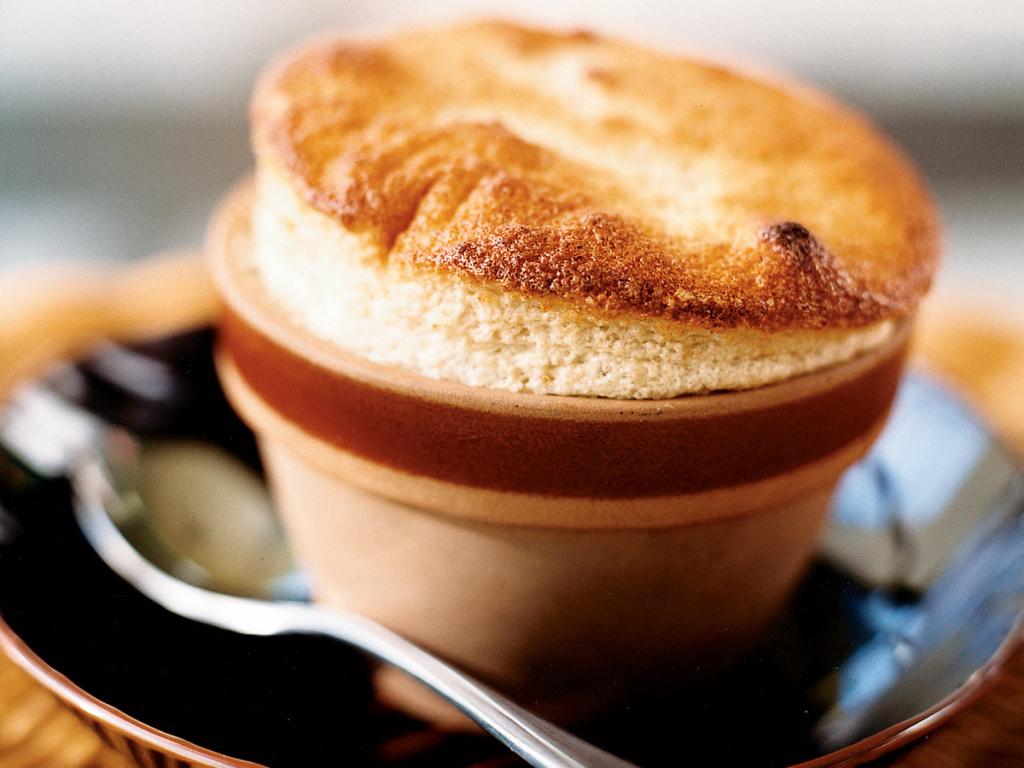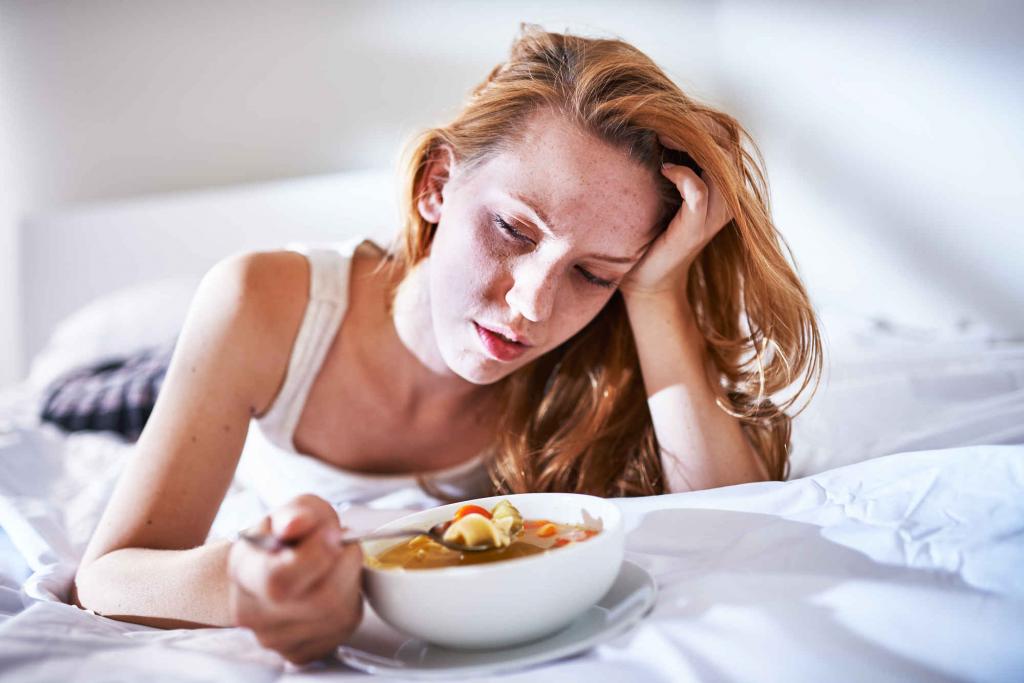Diet for ulcers and gastritis is the main component of the competent treatment of gastrointestinal diseases. Serious ailments, and therefore a person who has encountered one of them, must provide their mucous membrane with chemical and mechanical sparing, and also emphasize the correction of metabolic disorders. There are many nuances, the nutritionist tells the patient about them, but now it’s still worth talking about the principles of diet therapy.
General Provisions
If the patient is diagnosed with normal or increased acidity, then table No. 1 is assigned to him. Are the indicators lowered? Then table number 2.
The key principles of the diet for ulcers and gastritis can be distinguished in such a list:
- It is necessary to control the quality and quantity of consumed products, calculate energy value, take into account disturbed digestion processes.
- A differentiated approach to nutrition is possible. Its necessity is determined by the nature of the disease, the severity of its course, the presence or absence of concomitant complications and ailments.
- An individual diet for ulcers and gastritis is developed taking into account the characteristics of the metabolic and nutritional status of a person, as well as the needs of his body.
- Perhaps also the emergence of the need to include dietary supplements and mixtures for enteral nutrition.
- It is also necessary to normalize the motor and secretory function of the gastrointestinal tract.
This or that table is appointed for a certain period. Diet shown for ulcers and gastritis is characterized by calorie content, macronutrient content, degree of coolant sparing, diet, as well as cooking methods and even the consistency of dishes.

Table number 1A
Now you can talk in more detail about the features of different diets. Table No. 1A limits as much as possible any effect on the stomach - temperature, chemical, mechanical. Usually this diet is prescribed for exacerbation of gastritis and ulcers. Also, it must be observed by people suffering from cholecystectomy.
The purpose of table No. 1A is to minimize the excitability of the stomach and restore the mucous membrane. The patient should adhere to it from 2-3 to 14 days. It all depends on his illness.
In acute gastritis, for example, 3 days is enough. With a burn of the esophagus - 7-8 days. The diet cannot be followed for more than two weeks, as it is low-calorie (1800–1900 kcal) and unbalanced.
Allowed and Prohibited Products
The diet for gastritis and gastric ulcer, indicated by number 1, implies a lot of restrictions. The following products and products are allowed:
- Mucous soups of rice, semolina and oatmeal. You can add butter, egg and milk mixture, flour for baby food.
- Low-fat meat or fish in the form of a steam souffle.
- Products from cereal flour or porridge (rice, oat, buckwheat).
- Calcined cottage cheese, milk, cream, jelly.
- Steam omelet or soft-boiled eggs.
- Vegetable and butter as an additive.
- Berries in the form of jelly or in jelly.
- Weak tea with cream, freshly squeezed juices with water, a decoction of millet bran, rosehip infusion.
Broths, all vegetables, coarse and indigestible products, egg yolk, excessively cold and hot dishes are strictly prohibited. It is recommended to eat 6 times a day in small portions at the same time.

Table number 1B
This diet for gastritis and gastric ulcer follows after the one described above. Table No. 1B is more stressful. The content of nutrients and calorie content is increasing, new dishes and products are being introduced, the list of permitted processing methods is expanding.
The patient is shown the active use of milk, cottage cheese, cereals. With gastritis and gastric ulcer, diet No. 1B must be observed from 10 days to 1 month. The principles of the diet are:
- Dishes need to be prepared in the form of mashed potatoes or cereals. Products are first boiled and then wiped.
- The limitations are the same.
- Mashed potatoes can be made from beets, carrots and potatoes.
- You can add canned fruits and vegetables for baby food to the diet.
- It is allowed to make meatballs, mashed potatoes and dumplings from fish and meat.
When compiling the menu, it is very important to ensure that protein and cereal dishes alternate daily and are preferably not repeated. Otherwise, the person will seem too monotonous.
An approximate menu for the day might look like this:
- Breakfast: protein steam omelet, mashed oatmeal and a glass of milk.
- Lunch: rice soup with the addition of minced meat, steamed beef dumplings, mashed potatoes and rosehip infusion.
- Snack: crackers and milk jelly.
- Dinner: semolina porridge, souffle from cottage cheese, tea with the addition of milk and sugar.
Between breakfast and lunch, as well as at night, you need to drink a glass of whole milk as a snack. On the day you can drink about a liter.
What about servings? For a snack, 100-150 grams is enough. For basic meals - up to 400. You can’t overeat, but this amount is enough to maintain satiety.
Table number 1
He is prescribed after diet No. 1B. Have to comply 2-3 months. This is a much less strict diet for gastritis and duodenal ulcer - a few days after switching to it, it is allowed to stop grinding products before use.
Features table number 1 can be distinguished in this list:
- The first dishes are prepared on a potato broth or on vegetable broth. As before, boiled cereals should be present in the composition. Milk and cream soups with chicken or meat are allowed.
- Boiled and steamed meat dishes without tendons, skin and fascia should be added to the diet. Turkey, chicken, lean pork, young lamb, beef are allowed. You can make beef stroganoff, soufflé, zrazy, meatballs, meatballs, etc. from them. But you must first boil it.
- You can make some dishes baked (rabbit, chicken, veal).
- It is recommended to serve the fish in a piece, steaming. You can make zrazy, meatballs, meatballs, meatballs.
- Bread is possible, but dried or yesterday. Biscuit cookies and dry biscuit are also allowed. Pies with cottage cheese, fish, meat, jam or apples are allowed once a week, but not from butter pastry.
- It is recommended to add cereals (oat or buckwheat), rice, semolina, noodles, pasta to soups.
- Of vegetables, you need to eat cauliflower, young peas, potatoes, carrots, beets. They are steamed, wiped or made in the form of soufflé or mashed potatoes. Pieces you can eat pumpkin, zucchini, sour tomatoes. Dill is allowed from greens.
- You can fill the dishes with vegetable or butter.
- It is allowed to diversify the diet with kefir, yogurt, cream, milk, curd cheese and sour cream. You can make lazy dumplings, puddings, cheesecakes from cottage cheese. Sometimes you should eat grated cheese, but not spicy.
The considered diet for gastritis and duodenal ulcer also allows 2 eggs per week (in the form of an omelet or soft-boiled), salads from boiled vegetables and meat, liver pastes, milk or doctor sausage, jellied fish on vegetable broth, low-fat herring and ham, as well as sturgeon caviar.

Table number 2
Above, it was described in detail about what diet for gastritis and ulcer should be followed by patients. For whom is table number 2 designed? First of all, for people with chronic gastritis, accompanied by secretory insufficiency, as well as for patients faced with a mild exacerbation. Also, this diet is indicated for people who have had enteritis or colitis. She will help them return to normal nutrition.
Table number 2 involves physiologically complete nutrition and a gentle effect on the digestive tract. More nutrition is aimed at stimulating the secretion of organs and normalizing the motor function of the digestive system.
This diet involves the use of dishes of varying degrees of processing and grinding. They can be stewed, boiled, fried, baked (most importantly, without a rough crust). There is no need to wipe products. The only exceptions are those that are enriched in connective tissue (in particular, sinewy meat) and fiber (coarse vegetables).
Bans of the table number 2
As already could be understood, this diet with ulcers, gastritis and gastrointestinal problems is the least strict. But nevertheless, its observance implies the rejection of certain products and products.
It is forbidden to eat something that is difficult to digest and tends to linger in the stomach. It is also necessary to adhere to a daily energy value of 3000 calories. You need to consume 100 grams of fat and protein per day, it is recommended to lean on carbohydrates - up to 420 g.
The main points of the diet can be brought to such a list:
- Fiber-rich vegetables should not be eaten. These are rutabaga, radishes, white cabbage, turnips, peas, and beans.
- Milk and pea soups, okroshka are also prohibited.
- It is necessary to exclude sweet peppers, onions, sorrel, cucumber and spinach from the diet.
- Canned fish, cooking and animal fats, all spicy and spicy, fresh bread, puff and pastry are forbidden.
- Allowed vegetables should not be eaten raw.
- Cook soups on a weak broth from mushrooms, fish or meat.
- Finely chop the vegetables in the dishes.
- You can cook whole pieces of rabbit, chicken, veal.
- It is allowed to make baked pancakes stuffed with boiled meat.
- Soaked herring can be added to the diet.
In general, this diet for gastritis is quite diverse. What you can eat and what you can’t always tell in detail a personal nutritionist who focuses on the physiological characteristics of a particular patient.

Estimated weekly ration
Much has already been said about which diets with exacerbation of gastritis and gastric ulcers should be observed and what are their features. You should also study the sample menu for the week.
Monday:
- breakfast: scrambled eggs, oatmeal porridge and cream tea;
- snack: a glass of milk;
- lunch: mashed rice soup with minced meat, beef souffle with cream sauce and rosehip infusion;
- afternoon snack: milkshake and biscuit;
- dinner: semolina, cottage cheese, tea with cream.
Tuesday:
- breakfast: buckwheat with milk, steam omelet, weak tea;
- snack: scrambled eggs again;
- lunch: buckwheat soup, mashed potatoes, meatballs from fish, a glass of compote;
- afternoon snack: freshly squeezed fruit juice and a little cottage cheese;
- dinner: mashed squash and pumpkin, fishcake, tea.
Wednesday:
- breakfast: semolina porridge in milk, weak tea and a little cottage cheese;
- snack: baked apple;
- lunch: vegetable soup with the addition of semolina, pumpkin puree, a piece of boiled fillet and jelly;
- afternoon snack: biscuit cookies and compote;
- dinner: mashed potato, zucchini, boiled fish with dill, weak tea.

Thursday:
- breakfast: buckwheat porridge with milk, a little cottage cheese and tea;
- snack: jelly with vanillin;
- lunch: rice soup, cod meatballs, carrot puree, a glass of compote;
- afternoon snack: cottage cheese cheesecake and freshly squeezed fruit juice;
- dinner: mashed squash, a piece of boiled chicken, a glass of compote.
Friday:
- breakfast: cottage cheese casserole, semolina with milk and tea;
- snack: freshly squeezed juice and biscuit;
- lunch: vegetable soup with rice and oil, chicken cutlets;
- afternoon snack: lazy dumplings, juice;
- dinner: baked fish, squash puree with cream, a glass of tea.
Saturday:
- breakfast: porridge with milk, baked cheesecakes and tea;
- snack: a glass of juice and scrambled eggs;
- lunch: soup with cauliflower and buckwheat flour, low-fat cutlets;
- afternoon snack: biscuit cookies and juice;
- dinner: baked hake with mashed potatoes, a glass of tea.

Sunday:
- breakfast: oatmeal porridge, a piece of cheese, biscuit cookies and tea with milk;
- snack: cottage cheese pancakes with fruit jam;
- lunch: vegetable soup with semolina, boiled veal, mashed carrots and a glass of compote;
- afternoon snack: baked apple;
- dinner: mashed green peas, baked fish patties and jelly.
The diet menu for ulcers and gastritis of the stomach looks something like this. It is also necessary to drink a glass of whole milk at night.
Cooking Principles
They are also worth noting attention. Whatever diet for a stomach ulcer and gastritis would be shown to a person, he will have to follow certain principles of culinary processing of products.
Take, for example, milk soups. How to cook them? The basis is taken cereal, which is boiled in water. When it is ready, it is wiped, poured with milk (1: 1 ratio) and brought to a boil. It is recommended to salt, if not prohibited.
Mashed vegetables are also boiled with cereals, adding carrots and potatoes. All components are carefully boiled, triturated and seasoned with oil already finished dish.
If something is steaming, then the product should not come in contact with boiling liquid.
Boil the meat in small pieces. The broth must be drained. Then new water is poured, and in it the meat is already brought to readiness. Then it is used to make a stew.

Conclusion
In conclusion, I would like to say that any of the listed diets shows an excellent result. Each diet spares the stomach and its mucous membrane, is physiologically complete, and also helps to eliminate inflammation and restore the normal functioning of the digestive tract.
In addition, no particularly expensive foods are required for preparing diet foods. And there are many interesting recipes that help make the diet more diverse.
Be that as it may, many people suffering from gastrointestinal diseases were able to return to their usual diet after following a diet. And this is the best proof of its effectiveness.